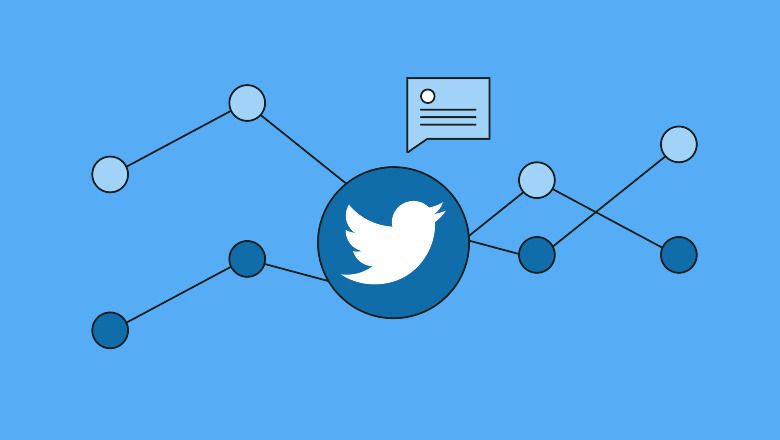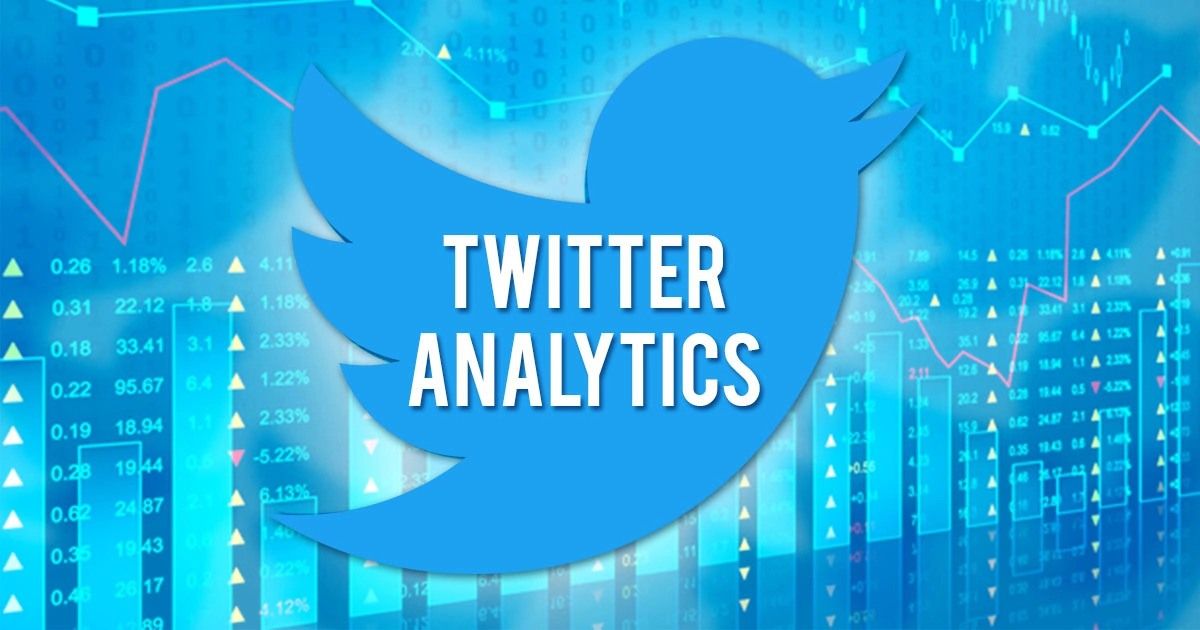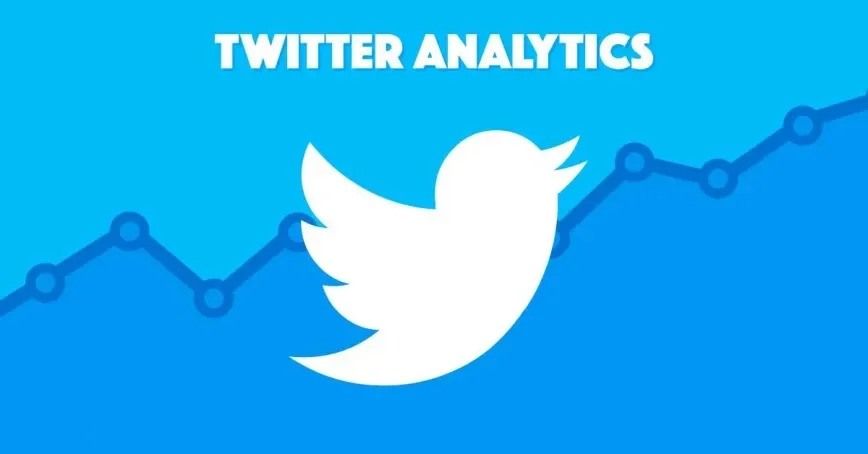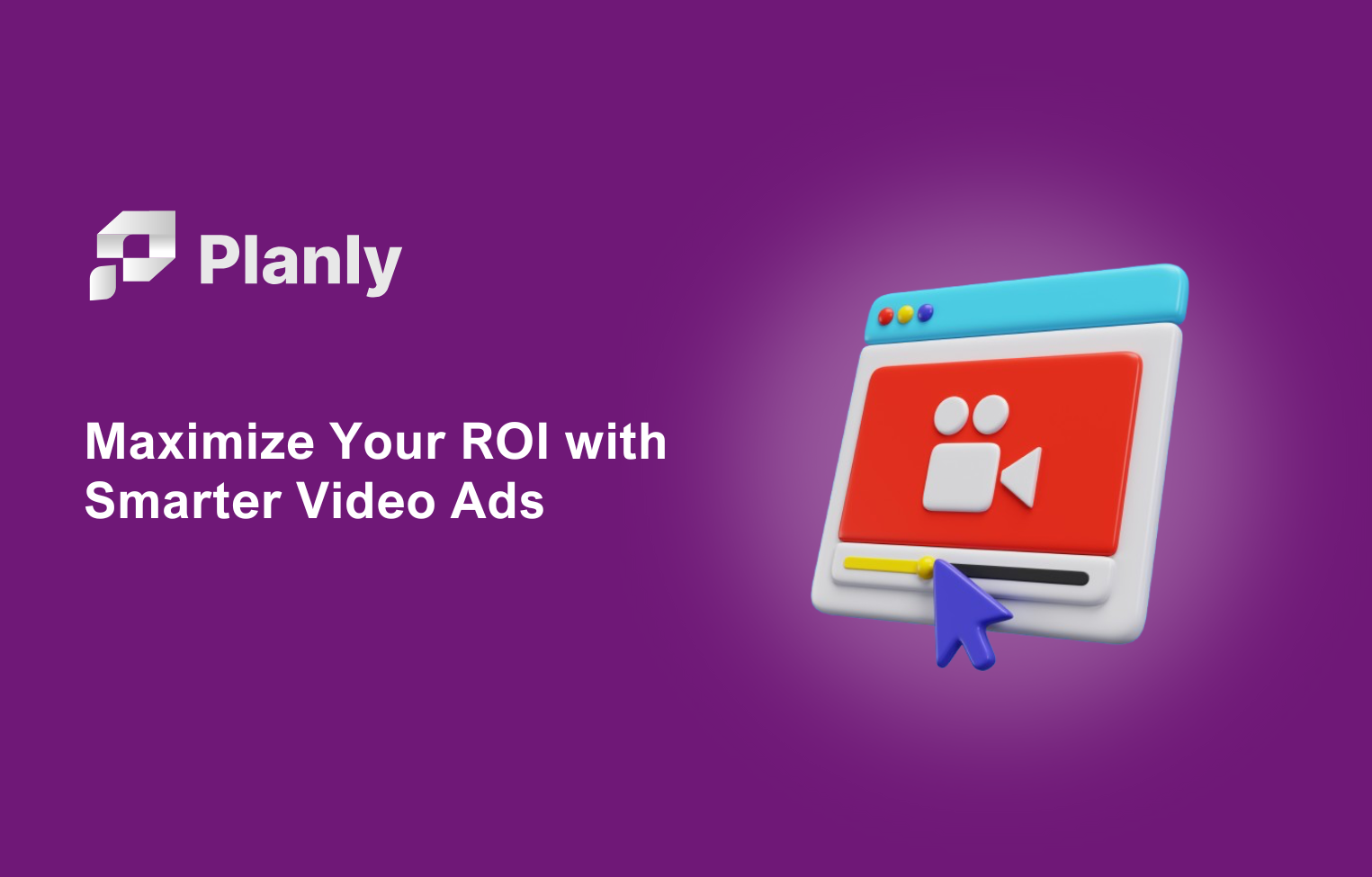Whether you're a seasoned marketer or just starting out, Twitter analytics is a valuable tool that shouldn't be overlooked. With over 145 million daily active users and a constant stream of content, Twitter offers a unique platform for businesses to connect with their target audience. But how can you measure the success of your tweets and optimize your social strategy? This is where Twitter analytics comes in.
In this article, we'll delve into the depth of Twitter analytics (H2) and explore the various metrics and features it offers. By leveraging Twitter analytics effectively, you can gain valuable insights into your audience, engagement, and content performance – all crucial elements for enhancing your overall social media strategy.
Understanding Twitter Analytics

By applying social media analytics, you can better understand how your Twitter content performs and make data-driven adjustments to your strategy.Twitter analytics is a powerful data-driven tool provided by Twitter that enables you to track and analyze your account's performance. By providing detailed metrics and information, it helps you understand how your content is resonating with your audience, identify areas for improvement, and make strategic decisions to boost your brand's presence on the platform.
Key Metrics and Features

Impressions and Reach
Twitter analytics provides valuable data on the number of impressions and reach your tweets generate. Impressions refer to the total number of times your tweets are displayed, while reach represents the unique number of Twitter users who have seen your tweets. These metrics offer insights into your content's visibility and the potential reach of your messaging.
Engagement Metrics
Engagement metrics are crucial in understanding how well your tweets are resonating with your audience. Twitter analytics provides metrics such as likes, retweets, replies, and link clicks. By analyzing these metrics, you can gauge the level of engagement and determine which types of content are most effective in driving interaction. Additionally, using a Twitter scheduler can help you strategically time your posts to maximize visibility and engagement.
Follower Insights
Twitter analytics provides insights into your followers, including demographic information, interests, and top followers. Understanding your audience is crucial for optimizing your content strategy and tailoring your messaging to their preferences.
Twitter Cards
Twitter cards are rich media attachments that you can add to your tweets. By leveraging Twitter analytics, you can track the performance of your Twitter cards, measure link clicks, installations, and conversions, and optimize your content accordingly.
Hashtag Performance
Hashtags play a significant role in amplifying your content's visibility and reaching a wider audience. With Twitter analytics, you can measure the effectiveness of hashtags used in your tweets, identify top-performing hashtags, and refine your hashtag strategy accordingly.
Content Performance
Twitter analytics provides detailed insights into how well individual tweets, hashtags, and even photos and videos perform. By monitoring which tweets generate the highest engagement rates, you can identify patterns and optimize your content strategy accordingly.
Unlocking the Potential of Twitter Analytics

Now that we've explored the key metrics and features of Twitter analytics, let's dive into how you can unlock its full potential to optimize your social strategy:
Set Clear Goals: Before diving into your Twitter analytics, it's crucial to define clear goals for your social strategy. Whether you aim to increase brand awareness, drive website traffic, or boost engagement, having well-defined objectives will help you channel your efforts effectively.
Track Important Metrics: Determine which metrics align with your goals and set up regular tracking. Keep an eye on metrics such as impressions, engagement rates, and follower growth to measure the effectiveness of your social strategy over time.
Analyze Audience Insights: Discover who your audience is and what interests them through the audience insights provided in Twitter analytics. Use this information to create relevant and engaging content that resonates with your target demographic.
Optimize Posting Schedule: Analyze the timing of your most successful tweets to identify peak engagement periods. Schedule your tweets strategically to increase reach and maximize engagement.
Experiment with Different Content Types: Twitter analytics offers insights into the performance of various content types. Experiment with different formats such as images, videos, and infographics to diversify your content and cater to your audience's preferences.
Refine Hashtag Strategy: Analyze the performance of hashtags used in your tweets and identify those that generate the most engagement. Use this information to refine your hashtag strategy, improve visibility, and reach a larger audience.
Monitor Competitors: Track your competitors' performance on Twitter using analytics tools. Analyzing their content strategy and engagement rates can provide valuable insights and help you stay one step ahead.
Use statistics to schedule

Twitter analytics gives you valuable information on your most important audience and when your posts got the most engagement. Make use of this information by employing a tool to schedule Twitter posts.
Leveraging Twitter Analytics for Success
In the ever-evolving landscape of social media marketing, data-driven insights are essential for optimizing your strategy. Twitter analytics plays a crucial role in understanding your audience, measuring engagement, and identifying opportunities for growth. By leveraging the power of Twitter analytics, you can unlock valuable insights to shape your content strategy, maximize engagement, and drive better results for your brand on Twitter. Take the time to delve into the metrics and features it offers, and you'll be well on your way to Twitter success!









